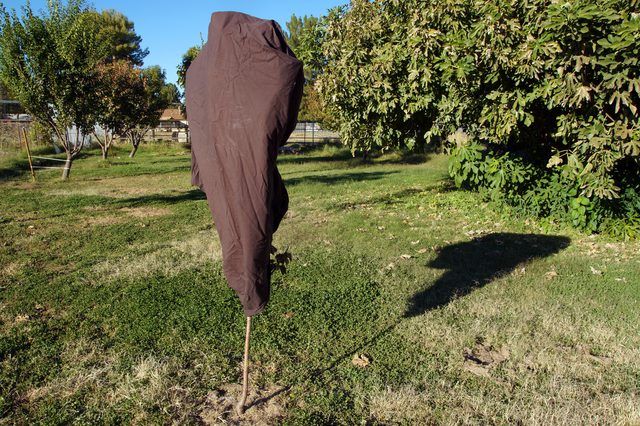Bulbs
Flower Basics
Flower Beds & Specialty Gardens
Flower Garden
Garden Furniture
Garden Gnomes
Garden Seeds
Garden Sheds
Garden Statues
Garden Tools & Supplies
Gardening Basics
Green & Organic
Groundcovers & Vines
Growing Annuals
Growing Basil
Growing Beans
Growing Berries
Growing Blueberries
Growing Cactus
Growing Corn
Growing Cotton
Growing Edibles
Growing Flowers
Growing Garlic
Growing Grapes
Growing Grass
Growing Herbs
Growing Jasmine
Growing Mint
Growing Mushrooms
Orchids
Growing Peanuts
Growing Perennials
Growing Plants
Growing Rosemary
Growing Roses
Growing Strawberries
Growing Sunflowers
Growing Thyme
Growing Tomatoes
Growing Tulips
Growing Vegetables
Herb Basics
Herb Garden
Indoor Growing
Landscaping Basics
Landscaping Patios
Landscaping Plants
Landscaping Shrubs
Landscaping Trees
Landscaping Walks & Pathways
Lawn Basics
Lawn Maintenance
Lawn Mowers
Lawn Ornaments
Lawn Planting
Lawn Tools
Outdoor Growing
Overall Landscape Planning
Pests, Weeds & Problems
Plant Basics
Rock Garden
Rose Garden
Shrubs
Soil
Specialty Gardens
Trees
Vegetable Garden
Yard Maintenance
How to Grow a Nectarine Tree
How to Grow a Nectarine Tree. Growing a nectarine tree (Prunus persica nectarina) requires some care, but the effort is worth the reward. Nectarine trees grow in U.S. Department of Agriculture plant hardiness zones 6 through 8, and produce their best harvests in full-sun sites with well-drained, sandy loam soil. Their final height is 10 to 30 feet,...
Growing a nectarine tree (Prunus persica nectarina) requires some care, but the effort is worth the reward. Nectarine trees grow in U.S. Department of Agriculture plant hardiness zones 6 through 8, and produce their best harvests in full-sun sites with well-drained, sandy loam soil. Their final height is 10 to 30 feet, depending on the rootstock, and watering, feeding and protection from late frosts are essential to produce healthy fruit.
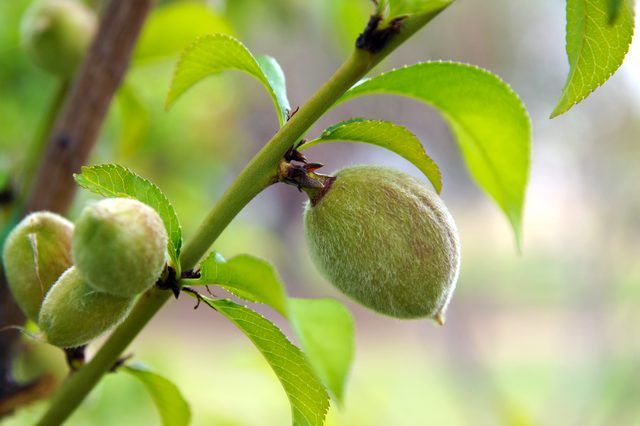
Careful site selection helps ensure healthy growth in a nectarine tree. A raised, sheltered site is best. Nectarine trees don't grow well in low-lying areas where water stands and cold, frosty air gathers in spring, when the trees are blooming. Frost damages the flower buds and reduces harvests. Sandy loam to clay loam soils are fine, but the trees don't grow well in heavy clay. Soil 2 to 3 feet deep or deeper, with a pH at 6 to 6.5, produces the best results, notes the University of Missouri Extension. If your soil isn't well-drained or deep, consider growing a nectarine tree in a raised bed or berm. Allow sufficient space around the tree to reach its final growing width.
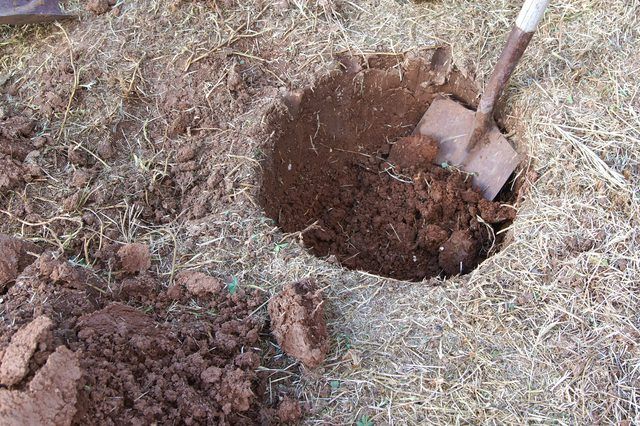
Without regular watering, a nectarine tree doesn't produce well. A mature nectarine tree needs 1 inch of water every two to three weeks during dry weather. Apply the water slowly and evenly within the dripline of the tree, with a soft spray attachment on a garden hose, sprinkler, drip irrigation or soaker hoses. Nectarine trees that experience drought in the last six weeks before harvest produce a poor crop of small fruits. From mid-fall onward, the trees rarely need water. Resume watering when new growth appears in spring. Water newly planted nectarine trees every week for six weeks, applying 1 inch of water over the root zone.
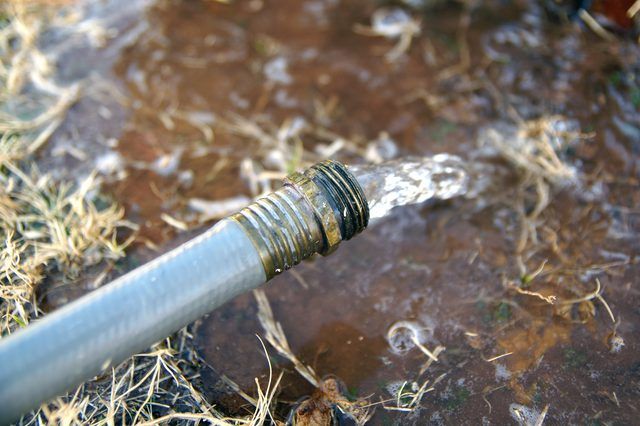
A nectarine tree grows best with two annual doses of fertilizer. For a tree 4 to 10 years old, apply 1 to 2 pounds of granular or powder 10-10-10 fertilizer in early spring and late spring. Sprinkle the fertilizer evenly around the tree's drip line, and water the fertilizer into the soil. Feed 2- to 3-year-old trees with 3/4 pound of 10-10-10 fertilizer in early and late spring, and a newly planted nectarine tree with 1/2 pound of 10-10-10 fertilizer seven to 10 days and 40 days after planting. For all ages of tree, sprinkle the fertilizer 8 to 12 inches away from the trunk.
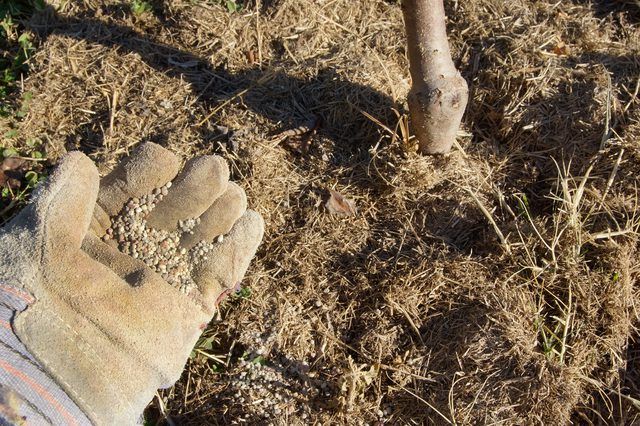
Nectarine flower buds suffer severe damage from frosts, but you can protect your tree using a range of methods. If the tree is small, throw burlap or another light, loosely woven fabric over the tree in the evening before temperatures drop to freezing, and remove the covering when temperatures rise again, usually in the following morning. In severe frosts, a 150-watt bulb lamp under the covering helps reduce the chill. For larger trees, water the tree during the day, and place jugs of water on the ground beneath the branches. Water absorbs heat during the day and releases it at night. You can also string Christmas lights through your nectarine tree's branches to supply extra warmth.
